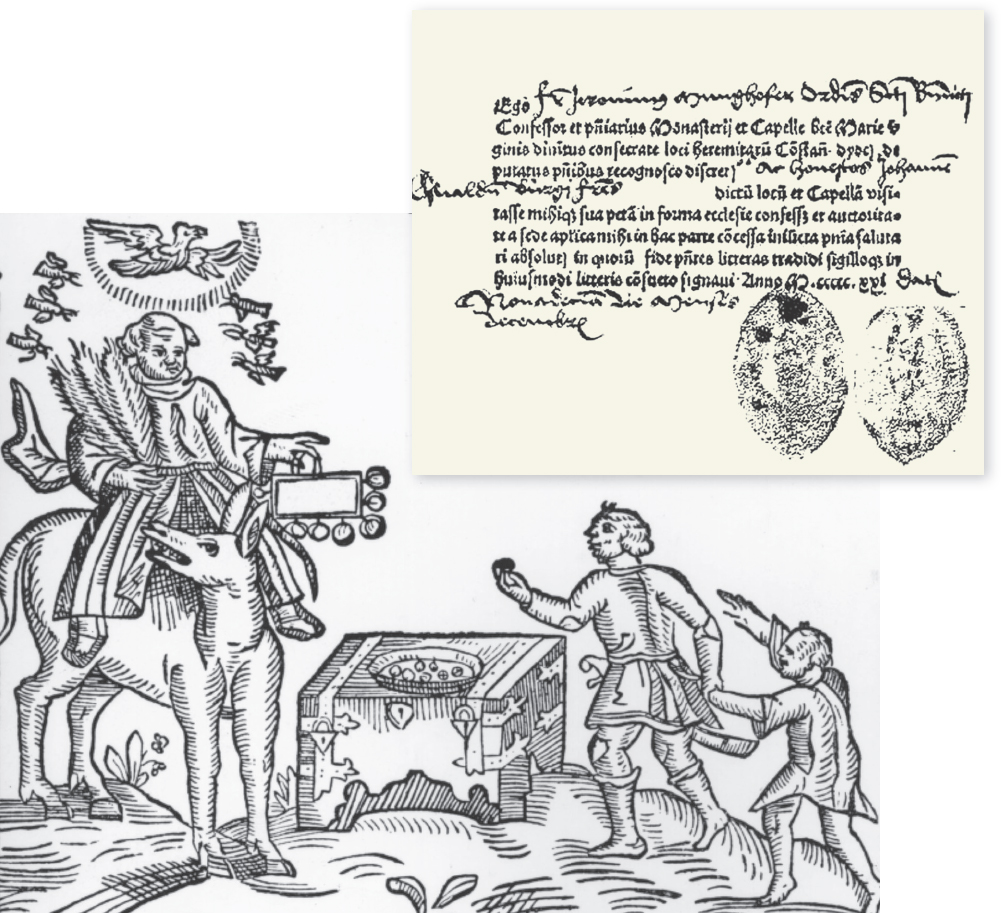What were the central ideas of the reformers?
IIN EARLY-

Selling IndulgencesA German single-